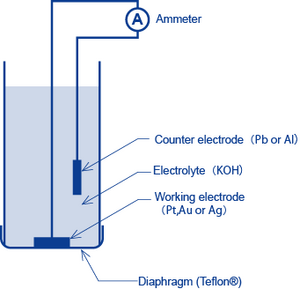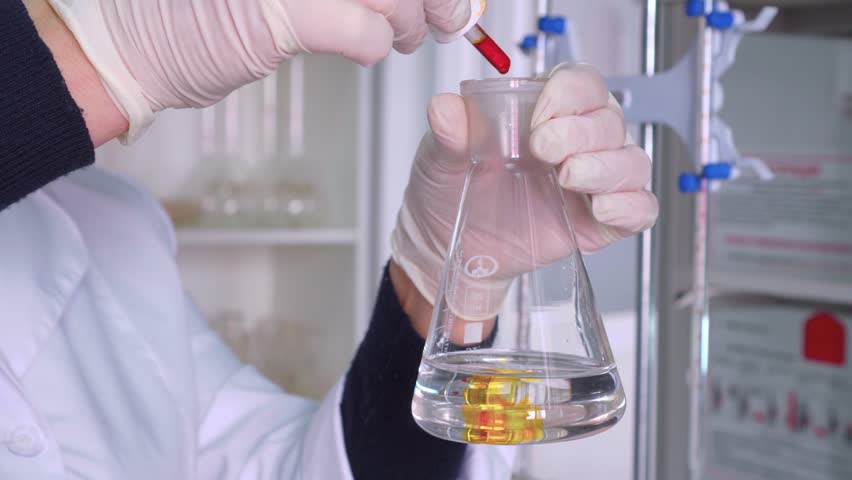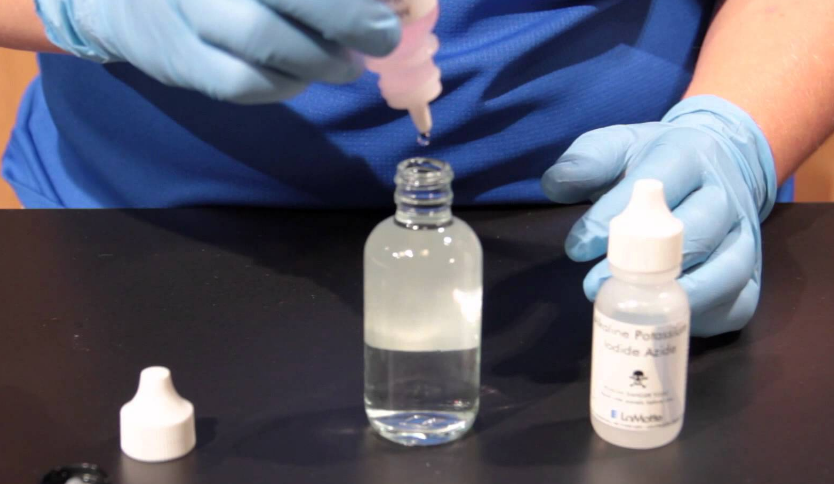When detecting the dissolved oxygen parameters of water quality, redox titration is a commonly used and effective method, but it must be performed quickly when operating titration. In redox titration, it is not only necessary to judge the feasibility of the reaction from the equilibrium constant of the reaction. It is necessary to consider the reality of the reaction from the speed of the reaction. Therefore, when operating the redox titration, we must pay attention to the speed of the redox reaction.

The factors affecting the rate of redox reaction are as follows
1. Water quality samples and oxidant concentration
Many redox reactions are carried out step by step. Therefore, the effect of reactant concentration on the speed cannot be judged from the total redox reaction equation. Generally speaking, increasing the concentration of reactants can speed up the reaction. In addition, during the oxidation-reduction titration process, due to the decrease of the concentration of reactants, especially close to the stoichiometric point, the reaction speed slows down. Therefore, the titration should pay attention to controlling the titration speed to adapt to the reaction speed.

2. Detect the temperature of the sample
For most water quality reactions, increasing the temperature can increase the speed of the reaction. For example, the reaction between permanganate ions and oxalate ions in an acidic solution is relatively slow at room temperature. The reaction can be accelerated by heating, and the titration is generally controlled at 70-80 °C, but the test should consider the possible causes of increased temperature Some other unfavorable factors.
Some substances (such as I2) are volatile and will cause volatilization loss when heated; some substances (such as Sn2+, FE2+, etc.) will be oxidized by oxygen in the air when heated. Therefore, the most suitable temperature for the reaction must be determined according to the specific conditions.

3. Oxygen reduction catalyst
Catalysis refers to the phenomenon of changing the reaction rate due to the existence of certain substances, which are called catalysts. Broadly speaking, the catalyst can only cause changes in the reaction rate, but does not move the chemical equilibrium. On the surface, the catalyst does not seem to participate in the reaction. Actually, during the reaction process, the catalyst repeatedly participates in the reaction and acts cyclically.
In the oxidation-reduction reaction, many catalysts are added to accelerate the reaction. For example, in the determination of chemical oxygen demand, Ag2SO4 is used as a catalyst.



